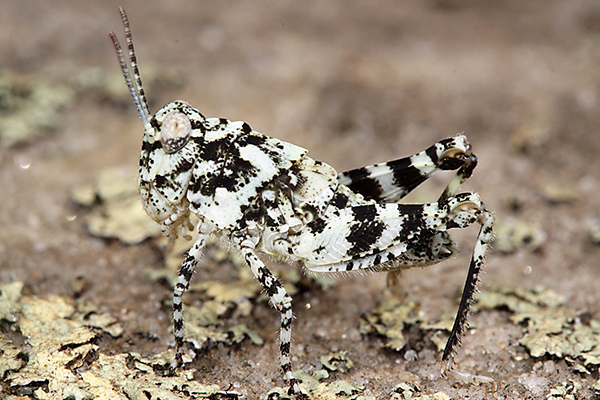Choosing the right college can feel like a big decision, and for many…
Summer Research with the Oxford SURE Program

What did I research this summer?
This summer I participated in the SURE (Summer Undergraduate Research Experience) Program with Dr. Michael Martin. We researched the population genetic structure of the lichen grasshopper (Trimerotropis saxatilis). This species is endemic to rock outcrops, so their populations are naturally fragmented. Dr. Martin and I wanted to determine how these fragmented habitats affected the genetic structure of their populations. We began the project by collecting specimens and recording data about their habitat. We then used the amplified fragment length polymorphism technique in the lab to extract and amplify the DNA. Finally, we analyzed the results with a computer program called STRUCTURE.
How did I get involved?
I was the TA for Dr. Martin’s Environmental Science 131 class in the fall, and during one of the labs we started talking about how we were both curious about the lichen grasshopper. From there, we looked at the options we had for research funding, and eventually applied for a SURE grant.
What have I learned from this experience?
The opportunity to work one-on-one with an Oxford faculty member has been fantastic. Oxford College is devoted to excellence in teaching, and that mission shows in how engaged the faculty are in research with undergraduate students during their first two years. As a result, this summer I have become a better problem solver and have also learned to not be afraid of starting over if a procedure does not work the first time. I am excited to bring these new skills with me to the Atlanta campus in the fall.
 Eden Nitza, Class of 2020
Eden Nitza, Class of 2020
Don’t hesitate to connect with us by posting a comment to this blog, tweeting us @emoryadmission, or emailing us at admission@emory.edu. We look forward to hearing from you!



This Post Has 0 Comments